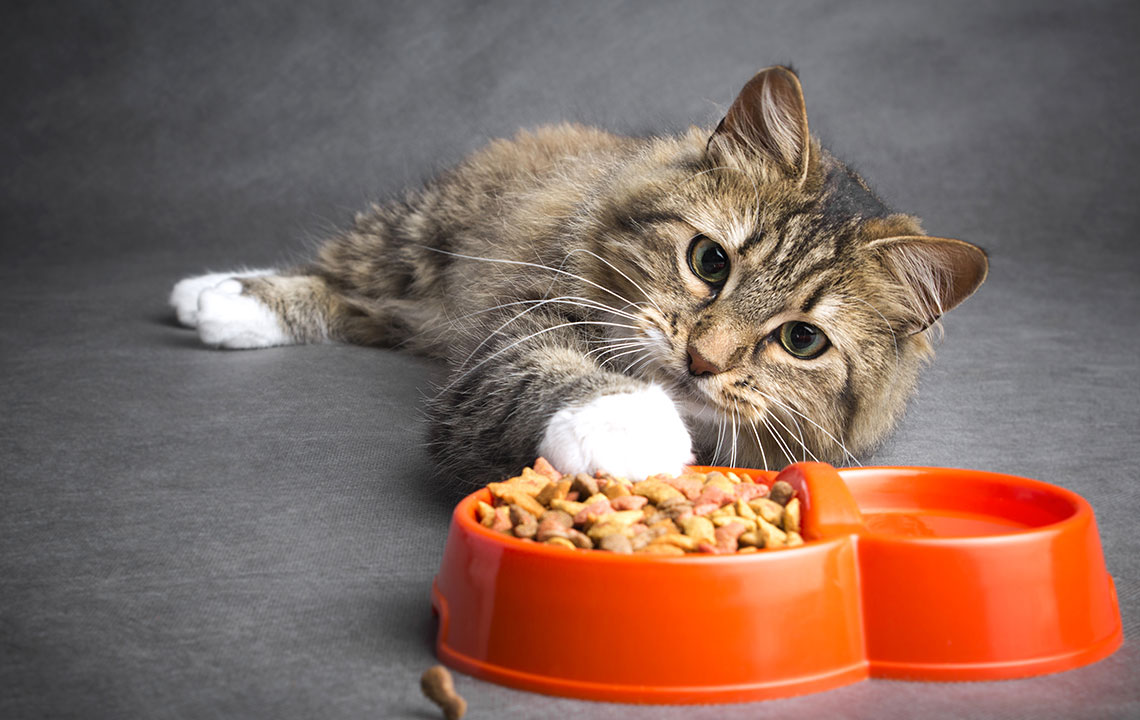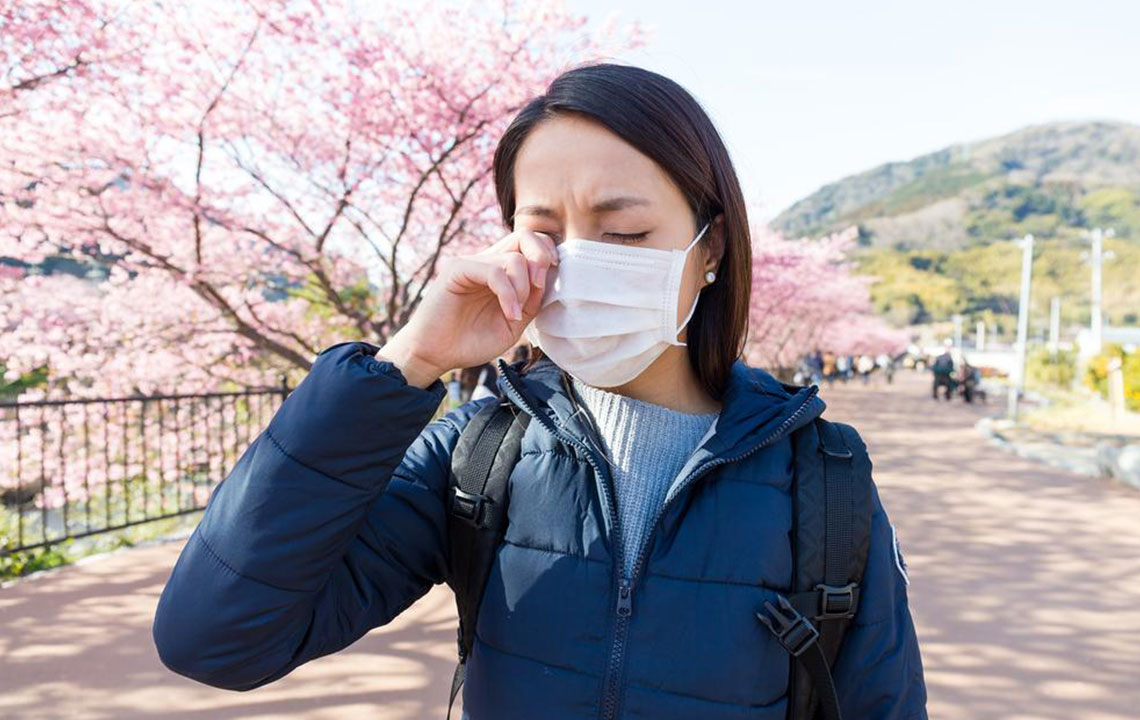Effective Nutritional Strategies for Cat Skin Allergy Management
Discover effective dietary strategies to manage feline skin allergies. This guide highlights common skin issues, triggers, symptoms, and top hypoallergenic foods to promote healthy skin and alleviate discomfort. Tailored diets combined with veterinary advice can significantly improve your cat’s quality of life and skin health, making allergy management more effective and less stressful.

Understanding and Managing Cat Skin Allergies
Common Dermatological Problems in Cats
Abscesses
Infected skin wounds caused by scratching or injuries need prompt veterinary care. Treatment depends on infection severity.
Feline Acne
Blackheads on the chin, often linked to contact with chemicals or bacteria from food dishes, may require dietary adjustments.
Ear Mite Infestation
Symptoms include head shaking and brown debris near the ears; proper nutrition and treatment are crucial for relief.
Food-Related Dermatitis
Reactions to preservatives or artificial additives can trigger severe itching, swelling, and discomfort, indicating food allergies.
Ringworm
A contagious fungal infection marked by round patches, hair loss, and red rings, requiring veterinary intervention and sanitation practices.
Stress-Induced Hair Loss
Nervous energy and stress can lead to over-grooming and hair loss, which can be managed through diet and enrichment.
Preventive Measures for Feline Skin Allergies
Consult your veterinarian for accurate diagnosis and treatment options. For suspected food allergies, transitioning to hypoallergenic diets can reduce allergic reactions, improve digestion, and enhance skin health. Maintaining and adjusting the diet may be necessary long-term for chronic issues. Even allergies from non-nutrition causes can benefit from specialized diets that soothe symptoms.
Triggers of Feline Skin Allergies
Dietary Sensitivities
Introduction of new ingredients or diet modifications can cause reactions. Veterinary guidance is recommended to find suitable hypoallergenic options.
Environmental Triggers
Pollen, dust, and allergens in the environment can cause reactions; diet plays a supportive role in bolstering immune defenses.
Insect Bites
Fleas, mosquitoes, and bees introduce allergens that can lead to localized or widespread skin responses.
Secondary Infections
Bacterial infections often develop due to skin irritation; proper nutrition promotes skin barrier integrity.
Mite Infestations
Ear mites and similar parasites can worsen skin issues if left untreated.
Identifying Symptoms of Skin Allergies in Cats
Presence of pimples, blackheads, or skin eruptions
Crusty patches or scabs indicating dermatitis
Hair thinning or loss, often symmetrical
Persistent itching and skin damage from scratching
Lesions such as eosinophilic granulomas or lumps
Unusual body odor
Excessive licking or rubbing beyond normal grooming
Optimal Dietary Options for Feline Skin Care
Royal Canin Hypoallergenic HP
Features hydrolyzed soy proteins to minimize immune reactions, supporting skin’s strength, digestion, and coat health with added omega-3s and fiber.
Hill’s z/d Sensitive Skin & Stomach
This moist formula uses hydrolyzed chicken liver to lower allergen exposure, aiding cats with skin sensitivities and stomach issues.
Hill’s d/d Skin & Food Sensitivities
Free from soy, grains, and gluten, enriched with antioxidants and fatty acids to strengthen skin and immune defenses. Suitable for picky eaters.
Blue Buffalo Basics Grain-Free
Includes duck, peas, and pumpkin, avoiding common allergens like poultry by-products, promoting better digestion and reducing skin irritation.
Instinct Limited Ingredient Diet
Made primarily with turkey, this wet food avoids typical allergens and provides natural omegas to support skin and immune health.
Note: It is essential to consult a veterinarian for diet choices tailored to your cat’s skin condition. Proper diagnosis and customized nutrition are key for effective management.


